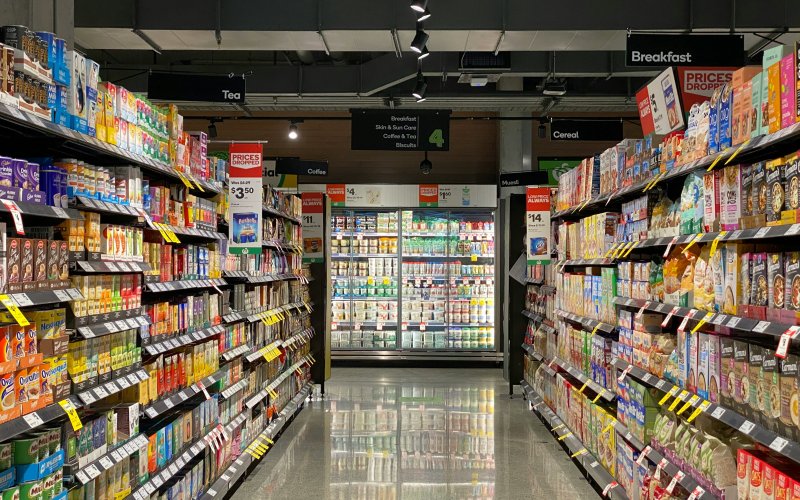UAlbany Faculty Develops New Tool for Evaluating Food Retail Environment

ALBANY, N.Y. (March 22, 2024) -- Almost half of all U.S. adults have been diagnosed with a cardiometabolic disorder such as diabetes, hypertension, or high cholesterol, and yet health researchers still do not fully understand how the food environment that surrounds us interacts with various personal and social risk factors to cause disease. Kai Zhang of the Department of Environmental Health Sciences at UAlbany recently co-authored a paper published in Nature Communications proposing a new measure called the Retail Food Activity Index (RFAI) that could shed light on the factors that put some Americans at higher risk than others.
One of the missing puzzle pieces is the extent to which mobility patterns determine the food retail landscape, or ‘foodscape.’ While past studies have tried to assess the risk of cardiometabolic disease by looking at how close people live to sources of fresh and fast food, this approach has not been effective. The reason is that many individuals travel to places beyond their home neighborhoods for work, school, and other reasons, making such distance-based measures inadequate.
“Previous location-based food environmental studies are missing an important behavioral component, food procurement activity, which is a precedent to diets and eventually diet-related health outcomes,” Zhang explains.
To incorporate mobility patterns into their new measure, Zhang and his colleagues conducted a study by leveraging a large dataset to track the movements of participants using GPS-enabled mobile devices. This dataset includes over 94 million aggregated visit records to roughly 359,000 food retailers across the U.S. over the course of two years.
An analysis of the GPS data revealed that only about 20 percent of food retailer visits were within half of a mile of the residents’ home census tracts. In fact, 20 percent of visits were to retailers located 20 or more miles from the place of residence. These results reveal why previous measures of the foodscape that were built on the assumption that the immediate food environment is the most important food access factor were not able to provide accurate results.
The authors compared the RFAI to an index that has been used in previous studies, the modified food retail environment index (mRFEI), which was developed by CDC. They found that the RFAI was better able to explain the prevalence of obesity, high cholesterol, and high blood pressure than the mRFEI, suggesting that the RFAI is a more accurate measure of the foodscape.
“Across models, we found that the association between the RFAI and obesity prevalence was about three times stronger than that between the mRFEI and obesity. To our best knowledge, this is the first nationwide study to demonstrate the value of integrating human mobility into the study of food environments in the U.S.,” says Zhang. “Taken together, our findings suggest a need for policy actions that transcend the conventional scope of food environment research, considering human mobility rather than confining the analyses to the immediate vicinity.”


